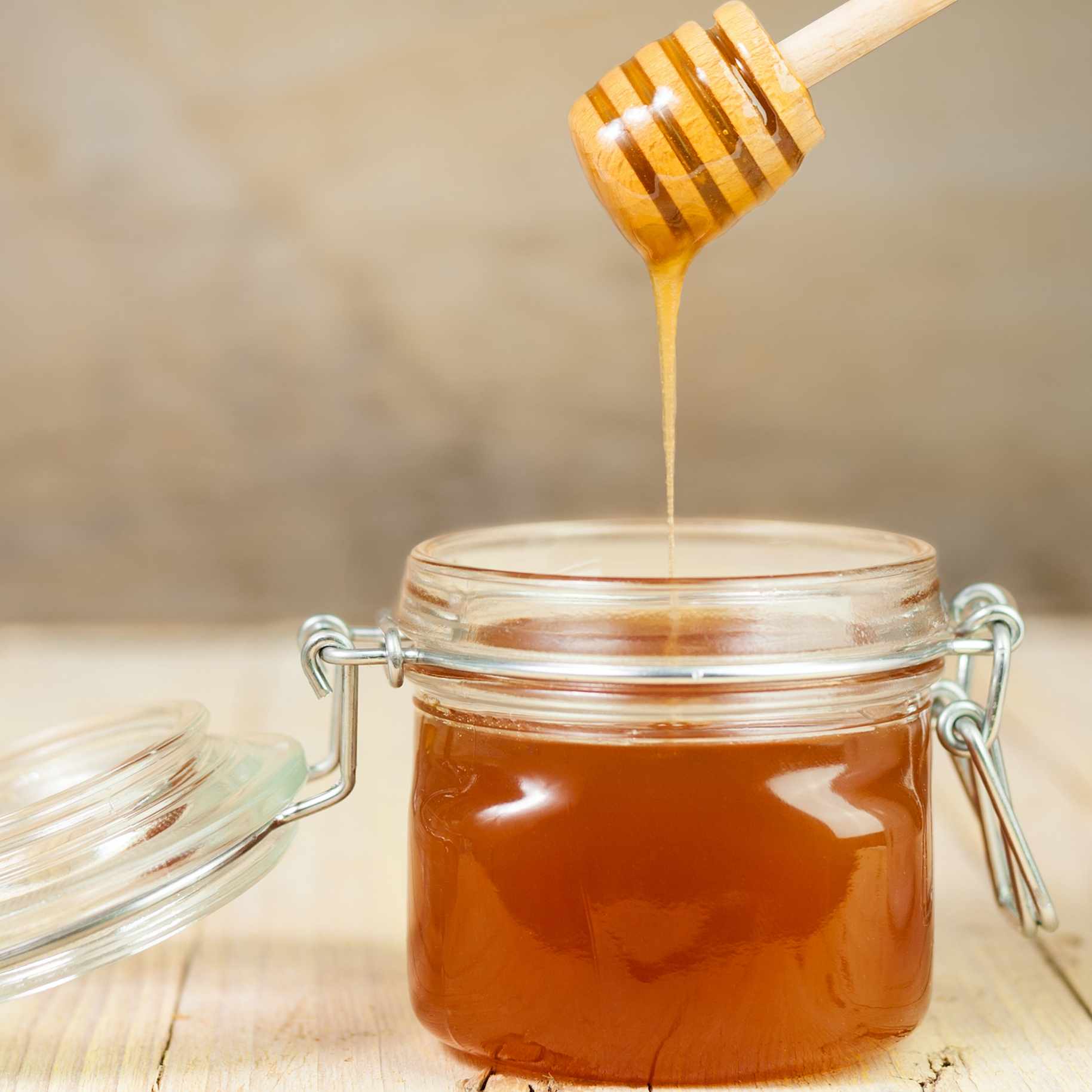-
Health & Wellness
How Common Are Pineal Gland Cysts and Do They Cause Headaches?
Pineal Gland Cysts Are Common but Don't Normally Cause Headaches
June 1, 2012
Dear Mayo Clinic:
Is there a way to treat pineal gland cysts? If so, how? Could this be what is causing my headaches?
Answer:
Pineal gland cysts are common. As many as 2 percent of healthy adults develop this kind of cyst. Rarely does a pineal gland cyst cause headaches or any other symptoms. In most cases, no treatment is necessary for a pineal gland cyst. But your case should be carefully reviewed to make sure you have a pineal gland cyst and not a more serious disorder like a pineal gland tumor.
The pineal gland is a tiny structure near the center of the brain in an area called the cerebrum, the largest section of the brain. The cerebrum is responsible for processing messages sent to the brain from other parts of the body and then telling the body how to respond. The cerebrum controls functions such as thinking, learning, speech, emotions and movement. The pineal gland's job is to make a hormone called melatonin that helps regulate the body's sleep cycle.
A cyst is a sac that can form in any part of the body. Often cysts are filled with air, fluid or other material. Cysts that occur in the pineal gland almost never cause symptoms. So, it is unlikely that your headaches are the result of a pineal gland cyst. In most cases, these cysts are discovered when a brain scan is done for an unrelated reason, such as a head trauma, migraine headaches or dizzy spells. Pineal gland cysts are most commonly found in women 20 to 30 years old, and are very rare before puberty or after menopause. This suggests hormones may play a role in causing the cysts.
Because they do not usually cause symptoms or lead to complications, the vast majority of pineal gland cysts do not require surgery or other treatment. Pineal cysts are best seen on brain magnetic resonance imaging (MRI). This type of brain imaging is typically reviewed by a specialist, such as a neuroradiologist, who is experienced in evaluating brain cysts and tumors. That physician can tell the difference between a simple pineal gland cyst and another condition that may require treatment, such as a pineal gland tumor.
In contrast to cysts, tumors are an abnormal mass of tissue. They can be either noncancerous or cancerous. If a pineal gland tumor is found, treatment depends on the specific type, size and location of the tumor, as well as the individual's overall health and preferences. In many cases, surgery is often the first step in treating pineal gland tumors.
If your health care team has confirmed the diagnosis of a pineal gland cyst, talk to your doctor about any next steps that are needed. Follow-up imaging of the cyst is often recommended. Since your headaches might not be due to the pineal gland cyst, discuss with your doctor other possible causes for your headaches. A variety of primary headache and medical conditions can lead to chronic headaches. For example, migraine and tension-type headaches are common causes of frequent headaches. Lifestyle factors ― among them stress, lack of adequate sleep, diet and overuse of caffeine ― may also result in ongoing headaches. Identifying an underlying primary headache disorder or addressing lifestyle issues that may be contributing to headaches can lead to treatment which helps to reduce the frequency, severity, and duration of your headaches.
— Julie Hammack, M.D., Neurology, Mayo Clinic, Rochester, Minn.
Related Articles







